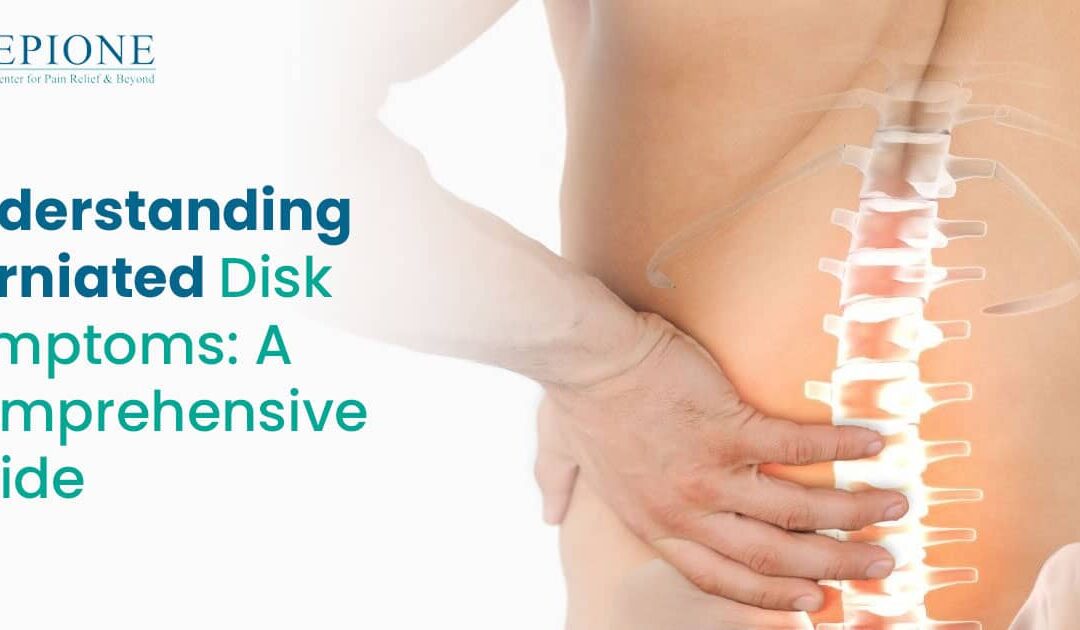A herniated disk, also known as a slipped or ruptured spinal disk, occurs when the soft inner gel pushes through a tear in the rigid outer layer, causing significant pain and discomfort.
Herniated Disk Symptoms
Pain
Burning or sharp pain that might become more intense depending on certain motions or postures is one common symptom of a herniated disk affecting the lower back, neck, shoulders, and arms.
Numbness and Tingling
Common symptoms of herniated disks include numbness or tingling in affected nerve areas, such as the legs, feet, arms, or hands.
Weakness
Muscle weakness, a sign of nerve damage, can make daily activities such as stumbling, lifting objects, or losing grip strength difficult.
Confirming a Disc Herniation
Usually, medical experts combine the following techniques to verify a disc herniation
Physical Examination
A doctor will assess your medical history and perform a physical exam to check for signs of nerve damage, such as muscle weakness, loss of sensation, and reflex changes.
Imaging Tests
MRI and CT images make it much easier to visualise herniated disks. Their full-spine imaging allows for pinpoint accuracy in locating and assessing the extent of the herniation.
Nerve Tests
Nerve conduction studies and electromyography (EMG) measure electrical activity in the muscles and nerves and determine the extent of nerve injury and the affected nerves.
Frequently Asked Questions
What are the 3 symptoms of a herniated disk?
- Pain radiating to the buttocks, legs, shoulders, or arms.
- Numbness or tingling in the affected areas.
- Muscle weakness, leading to difficulty with everyday tasks.
How do you confirm a disc herniation?
Neurological testing, including electromyography (EMG), nerve conduction examinations, and imaging studies like MRI or CT scans, is necessary to confirm a disc herniation. Nerve conduction studies and electromyography (EMG) measure electrical activity in the muscles and nerves and determine the extent of nerve injury and the affected nerves.

